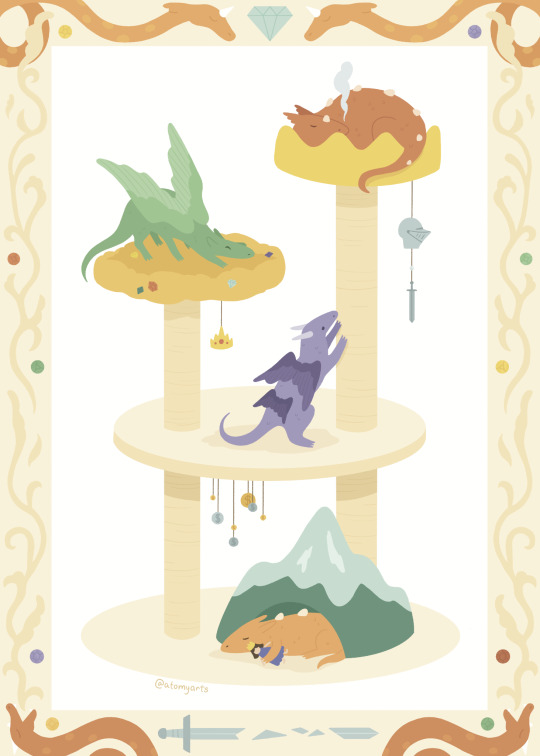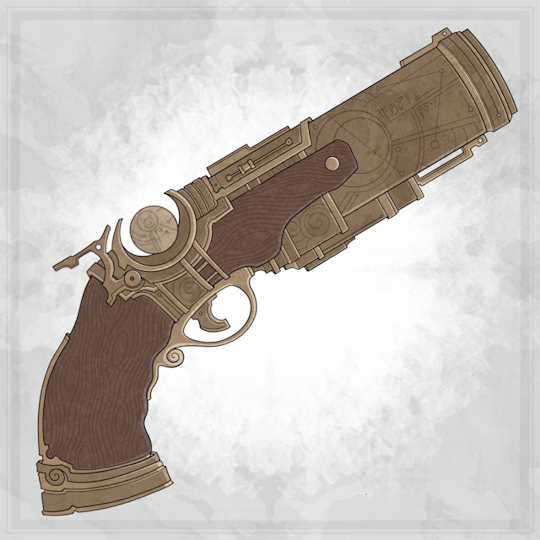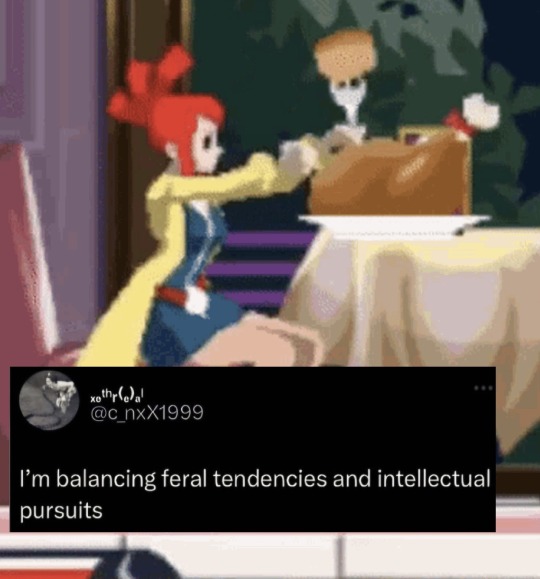Hello. Fotographic evidence suggests I am a gremlin who devours posts for breakfast. Alternatively I could also be: a corvid, a dragon, a snake, or a frog. Guilty as charged of Nerdery in the following counts: Sciences (primarily biochemistry). Media (currently serving a sentence for Detective Conan). TTRPGs (and LARPs). I am allergic to the queue function. Sorry. Profile picture by the lovely @artmadval.
Don't wanna be here? Send us removal request.
Text
hate an x reader fic do not put me in a situation
62K notes
·
View notes
Text

dragon, but make them domestic
4K notes
·
View notes
Text





ℙ𝕣𝕚𝕤𝕞𝕒𝕥𝕚𝕔 𝕊𝕖𝕒 𝔾𝕝𝕒𝕤𝕤 🌊 Little treasures that washed up on shore | webstore link
736 notes
·
View notes
Text
Nice stigmata scar. Too bad it's on the gay hand.
30K notes
·
View notes
Text

A handgun of etched runes and arcane secret for @dudebe-nice 🌐⚜️
If you’re interested in getting a commission done yourself, DM me!
Or you can support me on Patreon for £1 and help me keep making art!
1K notes
·
View notes
Text

Finally some appropriate business formal atire for high powered executives like you and me.
12K notes
·
View notes
Text
im like if a girl was {undefined variable}. im like if a girl was [fragment missing]. im like if a girl was (editor’s note: the author’s invocation of the word “girl” in this context is idiosyncratic, perhaps metaphorical) im like if a girl was im like if a girl draft deleted! im like if a girl You have reached your free article limit! Subscribe now to continue reading. im like if a girl was [THREAD LOCKED] im like if a girl (ENDING EXPLAINED!) im like if a girl Unusual activity detected, please highlight all the pictures of bicycles. im like if a girl I don’t respond to prompts that could be deemed offensive, and so I am unable to carry out the request. im-like-if-a-girldeactivated03092023. im like if a girl we are unable to take your call at the minute. im like if a girl isn’t registered under that name. im like if a girl could give you her date of birth. im like if a girl oh yes we have you under […]. im like if a girl LOST CONNECTION
64K notes
·
View notes
Text

669 notes
·
View notes
Text
Is that a hard penis in your pants or is it something different than that? Also: do you hate me?
14K notes
·
View notes
Text
mcu fans get outta the taskmaster tag. we're talking about Matthew Baynton's testicles.
2K notes
·
View notes
Text
I just don’t get it. How can our society act so goddamned normal about seahorses. How can anybody so casually accept that that’s a fish???

This is one of nature’s most anatomically perverse of all beasts. A FISH, like a carp or a bass or a beta is a fish, but it bent its body straight up only to bend its head permanently back down. It stretched its skull into a pipe. It tapered its tail like a lizard, specifically like a chameleon. It can also move its eyes independently by the way, you know, like a chameleon. Fun fact, it can change color to express its mood, like you know whatever does that. It doesn’t properly swim anymore. It buzzes its few remaining fins like an insect’s wings to float itself around at a snail’s pace. It lives its whole life clinging to coral branches or seaweed, which means it decided to become a “tree dweller” in an environment where gravity didn’t even matter anyway. The males get pregnant. They make noises at each other by rubbing some of their neck bones together. Every day, EVERY DAY a mated pair does a little dance and a little neck bone song so they remember which two seahorses they were. They’re a beautiful precious obscenity. Nothing so adorable ever made such a strong case against a logical creator.
They have as little skin and meat as they could get away with. Their skeleton is almost all they are.

101K notes
·
View notes
Text








Detective Comics cover art by Evan Cagle
3K notes
·
View notes










